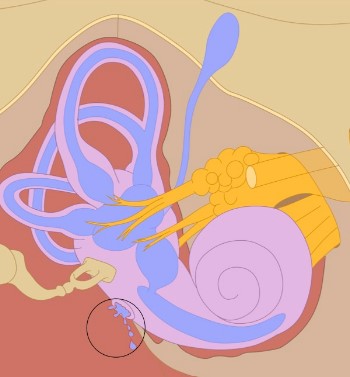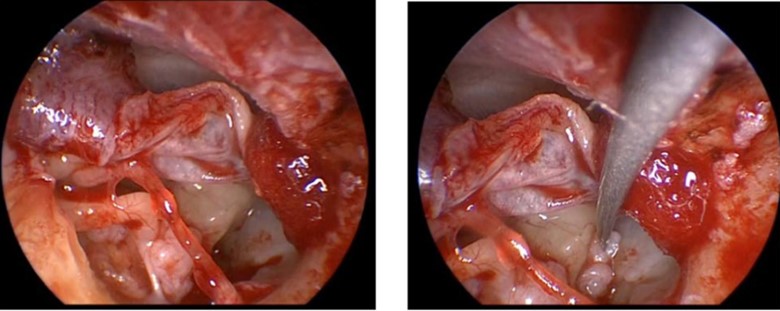Perilymphatic Fistula in Dallas, Fort Worth, Frisco, TX
A perilymph fistula is a rare disorder of the inner ear that causes an abnormal connection between the inner ear and middle ear. Because the inner ear is responsible for hearing and balance, hearing loss and dizziness are symptoms that may alert your neurotologist to this condition.
Because there are many more common disorders that cause the same symptoms as perilymph fistula, doctors may not think of this condition first. There is no test for perilymph fistula, so it is not until that testing for more common conditions has been completed that doctors consider perilymph fistula as a possible diagnosis.
The abnormal connection between the inner ear usually occurs at either the oval window or the round window. These are structures that allow for sound waves to enter and exit the inner ear. It may occur after surgery weakens these structures, or after barotrauma. Examples of surgeries that may be complicated by perilymph fistula include stapedectomy, cochlear implant, or cholesteatoma removal. Examples of barotrauma would include scuba diving, sky diving, or rapid descent in aircraft.

These events may result in leakage of perilymph fluid through a defect in the oval or round window. Patients suffering from this note hearing loss and dizziness, often exacerbated by straining.
Grafting of the fistula may be both diagnostic and therapeutic. Outpatient surgery is performed under general anesthesia. The ear drum is elevated, and the oval and round windows are examined. If a perilymph fistula is detected, cartilage or fascia grafts are placed at the round and/or oval window. If no fistula is detected, grafting has little downside and may be done just in case. If the patient’s symptoms improved, then diagnosis of perilymph fistula is implied. Recovery at home for a few days while avoiding heavy lifting is required after surgery.

In summary, perilymph fistula is a rare, abnormal connection between the inner ear and middle ear. It is considered for hearing loss and dizziness cases in which testing has been negative for more common causes. It is typically caused by prior ear surgery or barotrauma. It can be diagnosed and repaired by outpatient middle ear exploration and grafting.

